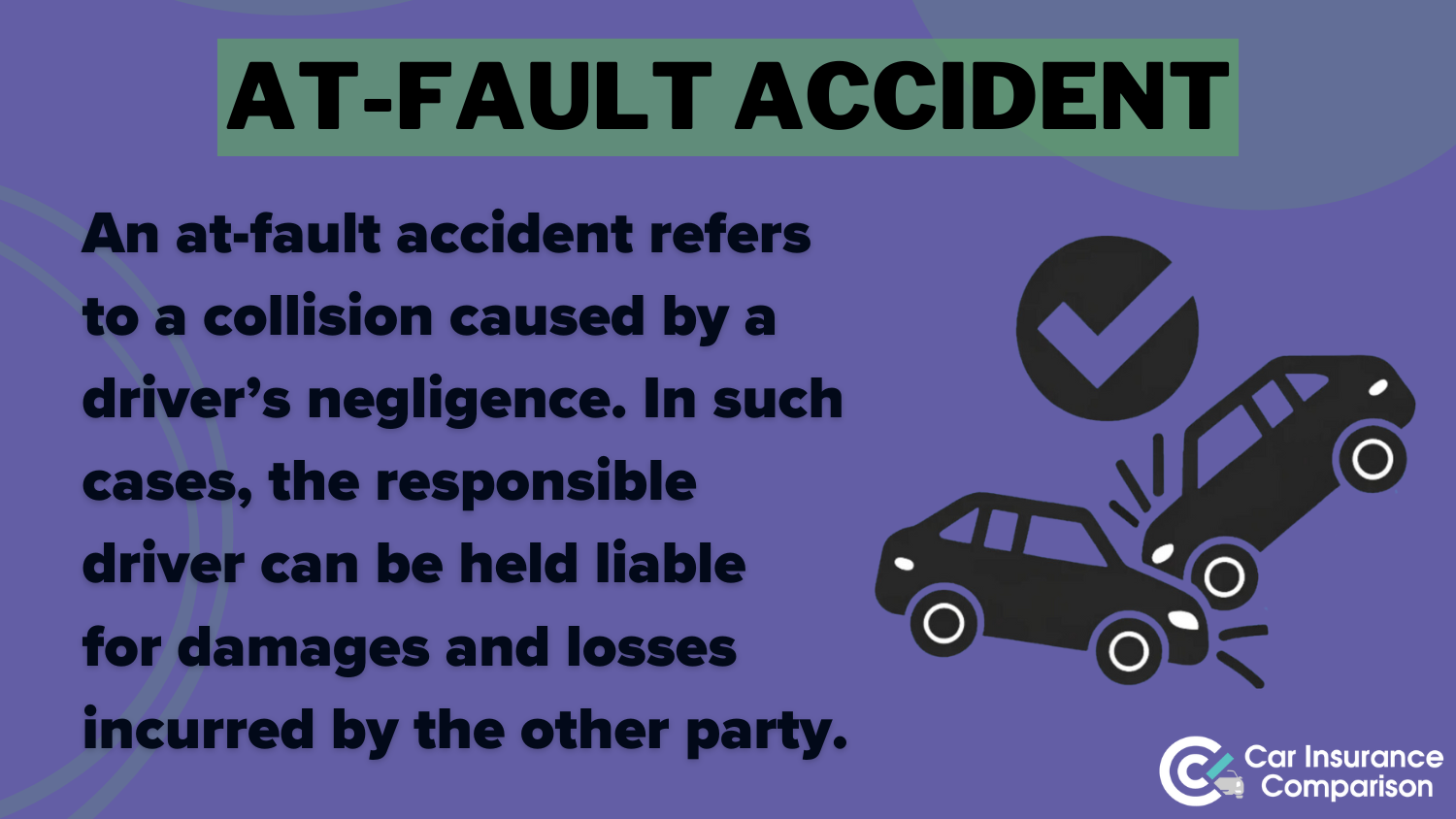Best Toyota 4Runner Car Insurance 2025 (Your Guide to the Top 10 Companies)
State Farm, Geico, and Progressive offer the best Toyota 4Runner car insurance. State Farm features competitive rates starting at $28 per month. Geico offers affordable rates, and Progressive offers significant online tools for the Toyota 4Runner. Each provider has unique advantages for your needs.
Read more Secured with SHA-256 Encryption





Table of Contents
Table of Contents


Insurance Content Team Lead
Tonya Sisler has been a technical insurance writer for over five years. She uses her extensive insurance and finance knowledge to write informative articles that answer readers' top questions. Her mission is to provide readers with timely, accurate information that allows them to determine their insurance needs and choose the best coverage. Tonya currently leads a team of 10 insurance copywrite...
Tonya Sisler


Licensed Insurance Agent
Daniel Walker graduated with a BS in Administrative Management in 2005 and has run his family’s insurance agency, FCI Agency, for over 15 years (BBB A+). He is licensed as an insurance agent to write property and casualty insurance, including home, life, auto, umbrella, and dwelling fire insurance. He’s also been featured on sites like Reviews.com and Safeco. To ensure our content is accura...
Daniel Walker
Updated October 2024
 18,155 reviews
18,155 reviewsCompany Facts
Full Coverage for Toyota 4Runner
A.M. Best Rating
Complaint Level
Pros & Cons
 18,155 reviews
18,155 reviews 19,116 reviews
19,116 reviewsCompany Facts
Full Coverage for Toyota 4Runner
A.M. Best Rating
Complaint Level
Pros & Cons
 19,116 reviews
19,116 reviews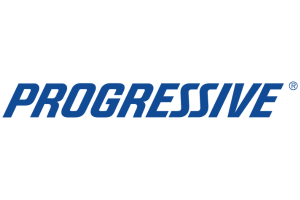 13,283 reviews
13,283 reviewsCompany Facts
Full Coverage for Toyota 4Runner
A.M. Best Rating
Complaint Level
Pros & Cons
 13,283 reviews
13,283 reviewsIf you’re looking for the best Toyota 4Runner car insurance, State Farm, Geico, and Progressive are among the leading choices, starting at $28/mo.
Most people want to buy a Toyota 4Runner because of its high quality and resale value, but they may not consider the costs of ownership, including the need for the best insurance for luxury cars coverage to protect their investment adequately.
Our Top 10 Company Picks: Best Toyota 4Runner Car Insurance
| Company | Rank | Bundling Discount | A.M. Best | Best For | Jump to Pros/Cons |
|---|---|---|---|---|---|
| #1 | 17% | B | Reliable Coverage | State Farm | |
| #2 | 15% | A++ | Affordable Rates | Geico | |
| #3 | 12% | A+ | Online Tools | Progressive | |
| #4 | 10% | A+ | Comprehensive Coverage | Allstate | |
| #5 | 10% | A++ | Military Families | USAA | |
| #6 | 15% | A | Claims Process | Farmers | |
 | #7 | 20% | A+ | Customer Service | Nationwide |
 | #8 | 12% | A | Add-on Options | Liberty Mutual |
| #9 | 10% | A++ | Broad Coverage | Travelers | |
| #10 | 15% | A | Customer Satisfaction | American Family |
The best car insurance companies calculate consumers’ insurance rates by examining vehicles’ performance in different types of collisions.
They also consider theft rates, cost of repairs, and other essential factors. You can start comparing your quotes by entering your ZIP code.
- Minimum coverage costs around $28/month
- A liability-only policy costs around $45/month
- The Highest rates are for teenage drivers at around $34/month
#1 – State Farm: Top Overall Pick
 Pros
Pros
- Excellent Customer Service: State Farm is known for its top customer service, providing quick responses and support, especially when seeking the best Toyota 4Runner car insurance.
- Comprehensive Coverage Options: Offers a wide range of options to customize your policy, ensuring you can find the best Toyota 4Runner car insurance. Read more in our State Farm car insurance review.
- Strong Financial Stability: With high financial strength ratings, State Farm is a reliable choice for long-term insurance needs for your Toyota 4Runner is well protected.
Cons
- Higher Premiums: Some customers may find their premiums higher than those of other providers, potentially impacting the price of the best Toyota 4Runner car insurance.
- Limited Availability: Certain features and discounts may not be available in all regions, which could limit options for securing the best Toyota 4Runner car insurance.
Free Insurance Comparison
Compare Quotes From Top Companies and Save
Secured with SHA-256 Encryption
#2 – Geico: Best for Affordable Rates
 Pros
Pros
- Affordable Rates: Offering competitive rates, Geico can be a cost-effective option for the best Toyota 4Runner car insurance. For more information, please visit “Geico Car Insurance Review.”
- Numerous Discounts: It offers various discounts, including those for safe driving and multiple vehicles, making it easier to find affordable coverage for your Toyota 4Runner.
- Fast Claims Processing: Efficient claims processing ensures that you get timely support and repairs, which is crucial for maintaining your Toyota 4Runner’s condition.
Cons
- Limited Personal Interaction: Some users may prefer personal interaction with their insurer, which is less frequent with Geico, primarily for the best Toyota 4Runner car insurance.
- Less Personalized Service: The automated system might not offer the same level of personalized service as other providers, impacting the customer experience for the best Toyota 4Runner car insurance.
#3 – Progressive: Best for Online Tools
 Pros
Pros
- Customization Options: Progressive offers customizable policies that can be adjusted to fit specific needs for your best Toyota 4Runner car insurance. Learn more in our Progressive car insurance review.
- Multi-Policy Discounts: Save on premiums by bundling auto insurance with other types of coverage through Progressive, a great way to reduce costs for the best Toyota 4Runner car insurance.
- Wide Range of Add-Ons: Provides various add-ons such as roadside assistance and rental car coverage, enhancing protection for your Toyota 4Runner.
Cons
- Complex Pricing Structure: The variety of options and add-ons can lead to a complex pricing structure, making it challenging to determine the most cost-effective plan.
- Mixed Customer Reviews: Customer service experiences can be inconsistent, which might affect satisfaction with the best Toyota 4Runner car insurance.
#4 – Allstate: Best for Comprehensive Coverage
 Pros
Pros
- Diverse Coverage Options: Allstate offers extensive coverage options, ensuring you can find the best Toyota 4Runner car insurance that meets your specific needs.
- Local Agents: Access to local agents provides personalized service, helping you find the best Toyota 4Runner car insurance for your preferences. Read it more in our Allstate car insurance review.
- Claims Satisfaction Guarantee: Allstate’s guarantee promises satisfaction with their claims service, giving you confidence in the process for your Toyota 4Runner.
Cons
- Higher Premiums: Premiums may be higher than those of competitors, which could impact affordability for the best Toyota 4Runner car insurance.
- Variable Customer Service: Experiences with customer service can vary, affecting overall satisfaction with the best Toyota 4Runner car insurance.
Free Insurance Comparison
Compare Quotes From Top Companies and Save
Secured with SHA-256 Encryption
#5 – USAA: Best for Military Families
 Pros
Pros
- Excellent Service for Military Families: USAA is known for its exceptional service to military families, providing tailored coverage that may be ideal for military personnel with a Toyota 4Runner.
- Competitive Rates: Offers competitive rates and discounts, which can be advantageous for securing the best Toyota 4Runner car insurance. Read more in our USAA car insurance review.
- Highly Rated Customer Service: This company consistently receives high ratings for customer service, ensuring a positive experience with your Toyota 4Runner’s insurance.
Cons
- Eligibility Restrictions: Insurance is only available to military members and their families, which could limit access to the best Toyota 4Runner car insurance for non-military individuals.
- Limited Availability: Coverage options and services may not be available in all regions, which could affect the availability of the best Toyota 4Runner car insurance.
#6 – Farmers: Best for Claims Process
 Pros
Pros
- Broad Coverage Options: Farmers provides a wide range of options so that you can find the best Toyota 4Runner car insurance to meet all your needs. Read more in our Farmers car insurance review.
- Local Agents: Access to knowledgeable local agents offers personalized advice, which can be helpful for customizing the best Toyota 4Runner car insurance.
- Excellent Discounts: Farmers offers various discounts, including those for safe driving and multi-car policies, which can help lower your premium.
Cons
- Higher Rates: Premiums can be higher than those of some competitors, potentially affecting the affordability of the best Toyota 4Runner car insurance.
- Inconsistent Customer Service: Experiences with customer service can be inconsistent, which might impact satisfaction levels for the best Toyota 4Runner car insurance.
#7 – Nationwide: Best for Customer Service
 Pros
Pros
- Extensive Coverage Options: Nationwide offers a comprehensive range of options including specialized add-ons, ideal for customizing. Read more in our Nationwide car insurance review.
- Discounts for Multiple Policies: Attractive discounts are available for bundling auto insurance with other insurance products, making it easier to secure at a lower cost.
- Strong Financial Ratings: High financial stability ratings ensure reliability, providing peace of mind that your Toyota 4Runner is well-protected.
Cons
- Higher Premiums for Some Drivers: Premiums may be higher for specific driving profiles, potentially affecting the affordability of the best Toyota 4Runner car insurance.
- Customer Service Variability: Service quality can vary based on location, which might impact overall satisfaction with the best Toyota 4Runner car insurance.
Free Insurance Comparison
Compare Quotes From Top Companies and Save
Secured with SHA-256 Encryption
#8 – Liberty Mutual: Best for Add-on Options
 Pros
Pros
- Flexible Coverage Plans: Liberty Mutual offers flexible coverage, allowing you to tailor your policy to your Toyota 4Runner’s specific needs. Learn more in our Liberty Mutual car insurance review.
- Unique Discounts: Provides unique discounts, such as those for hybrid vehicles and good students, which can be advantageous if they apply to your Toyota 4Runner.
- Customizable Deductibles: Offers customizable deductibles that can help manage premium costs for the best Toyota 4Runner car insurance.
Cons
- Higher Premiums for Some Drivers: Depending on your driving history, premiums for the best Toyota 4Runner car insurance may be higher than those of other providers.
- Complex Claims Process: The claims process can be more complex and time-consuming, potentially leading to frustration for policyholders
#9 – Travelers: Best for Broad Coverage
 Pros
Pros
- Customizable Policies: Travelers offers a variety of policy options and add-ons, allowing you to find the best Toyota 4Runner car insurance tailored to your needs.
- Innovative Discounts: Provides unique discounts for hybrid cars and safety features, which can be beneficial if your Toyota 4Runner has these features.
- Strong Financial Ratings: Travelers has solid financial ratings, ensuring reliability for your Toyota 4Runner’s insurance coverage. Learn more in our Travelers car insurance review.
Cons
- Premium Costs: Premiums can be higher than some competitors, which might impact the overall cost of the best Toyota 4Runner car insurance.
- Customer Service Issues: There may be occasional customer service issues, which could affect the overall experience with the best Toyota 4Runner car insurance.
#10 – American Family: Best for Customer Satisfaction
 Pros
Pros
- Customer Satisfaction: High ratings for customer satisfaction, ensuring a positive experience with your Toyota 4Runner’s insurance. Learn more in our American Family car insurance review.
- Innovative Coverage Options: Unique coverage options like accident forgiveness and better car replacement add value to the best Toyota 4Runner car insurance.
- Strong Community Focus: Active community involvement and support, reflecting positively on their commitment to customers and local areas.
Cons
- Premium Costs: Some drivers may pay a higher premium, which might affect the overall cost of securing the best Toyota 4Runner car insurance.
- Limited Availability: Availability of specific coverages and options may vary by location, potentially impacting the options for the best Toyota 4Runner car insurance based on where you live.
Free Insurance Comparison
Compare Quotes From Top Companies and Save
Secured with SHA-256 Encryption
Toyota 4Runner Insurance Cost
This figure reflects the typical expense drivers can expect to pay for insuring their Toyota 4Runner, though individual rates may vary based on factors such as driving history, location, and coverage options.
Toyota 4Runner Car Insurance Monthly Rates by Provider & Coverage Level
| Insurance Company | Minimum Coverage | Full Coverage |
|---|---|---|
| $35 | $120 | |
| $49 | $108 | |
| $32 | $115 | |
| $36 | $95 | |
 | $33 | $117 |
 | $28 | $102 |
| $30 | $105 | |
| $44 | $110 | |
| $41 | $107 | |
| $42 | $100 |
As you can see in the table above, State Farm, Geico, and Progressive are the best Toyota 4runner car insurance companies. They offer the cheapest monthly rates and still provide coverage based on your needs.
Generally, Toyota 4Runners have moderate insurance costs compared to other vehicles in their class. For more information, visit “Car Insurance Comparison.”
Factors Influencing the Cost of Toyota 4Runner Insurance
The insurance cost for a Toyota 4Runner can vary depending on the trim level and model you choose.
Higher trims or newer models equipped with advanced features, such as upgraded safety technology or luxury enhancements, typically lead to higher car insurance premiums due to their increased repair or replacement costs and higher vehicle value.
Car Insurance Discounts From the Top Providers for Toyota 4Runner
| Insurance Company | Available Discounts |
|---|---|
| Multi-policy, Safe Driving Club, Anti-theft | |
| Multi-policy, Good Student, Accident-Free | |
| Multi-policy, Good Student, Homeowner | |
| Multi-vehicle, Safe Driver, Federal Employee | |
 | Multi-car, Safe Vehicle, Early Shopper |
 | Multi-policy, Accident-Free, Defensive Driving |
| Multi-car, Continuous Coverage, Homeowner | |
| Multi-car, Good Driver, Good Student, Safety | |
| Multi-policy, Safe Driver, Homeowner | |
| Multi-policy, Safe Driver, Loyalty |
Features like powerful engines or advanced driver aids can also influence insurance rates. On the other hand, a basic model with fewer features is likely to have lower insurance costs.
Age of the Vehicle
Older Toyota 4Runner models generally cost less to insure. For example, auto insurance rates for a 2020 Toyota 4Runner are $1,332, while rates for a 2010 Toyota 4Runner are $1,064, a difference of $268.
Toyota 4Runner Finance and Insurance Cost
When you finance a Toyota 4Runner, lenders usually require you to carry more extensive insurance coverage, such as comprehensive coverage, to protect their financial interest in the vehicle.
Toyota 4Runner Car Insurance Monthly Rates by Age of the Vehicle
| Vehicle | Liability | Comprehensive | Collision | Full Coverage |
|---|---|---|---|---|
| 2024 Toyota 4Runner | $29 | $32 | $49 | $118 |
| 2023 Toyota 4Runner | $28 | $31 | $47 | $116 |
| 2022 Toyota 4Runner | $28 | $30 | $46 | $114 |
| 2021 Toyota 4Runner | $27 | $29 | $45 | $112 |
| 2020 Toyota 4Runner | $26 | $29 | $44 | $111 |
| 2019 Toyota 4Runner | $28 | $28 | $43 | $109 |
| 2018 Toyota 4Runner | $28 | $27 | $42 | $108 |
| 2017 Toyota 4Runner | $30 | $26 | $41 | $108 |
| 2016 Toyota 4Runner | $30 | $25 | $40 | $106 |
| 2015 Toyota 4Runner | $31 | $24 | $38 | $104 |
| 2014 Toyota 4Runner | $32 | $23 | $35 | $101 |
| 2013 Toyota 4Runner | $32 | $22 | $33 | $99 |
| 2012 Toyota 4Runner | $33 | $21 | $30 | $94 |
| 2011 Toyota 4Runner | $33 | $19 | $28 | $91 |
| 2010 Toyota 4Runner | $33 | $19 | $26 | $89 |
Comprehensive coverage includes protection against damage from events other than collisions, such as theft, vandalism, and natural disasters. It’s important to compare rates from different providers to ensure you’re getting the best deal on your insurance.
Using our free tool below, just enter your ZIP code. This will allow you to easily shop around and find competitive rates from top insurance companies, helping you secure the necessary coverage while potentially saving money.
Theft Rates of the Toyota 4Runner
Owning a popular vehicle means that there is a higher risk of it being stolen. Vehicles that have high theft rates are a red flag to insurers, and insurers will raise their rates to combat potential losses.
Since you probably don’t want to deal with a stolen vehicle or higher rates, it’s essential to check theft rates for your vehicle.
To find out how many Toyota 4Runners were stolen, we turned to the National Highway Traffic Safety Administration’s (NHTSA) data for 2014 (the last report year).
Toyota 4Runner Car Insurance Monthly Rates by Model Year
| Model Year | Rates |
|---|---|
| 2001 Toyota 4Runner | $120 |
| 2002 Toyota 4Runner | $122 |
| 2003 Toyota 4Runner | $125 |
| 2004 Toyota 4Runner | $127 |
| 2005 Toyota 4Runner | $129 |
| 2006 Toyota 4Runner | $132 |
| 2007 Toyota 4Runner | $135 |
| 2008 Toyota 4Runner | $137 |
| 2009 Toyota 4Runner | $140 |
| 2010 Toyota 4Runner | $143 |
| 2011 Toyota 4Runner | $146 |
| 2012 Toyota 4Runner | $149 |
| 2023 Toyota 4Runner | $165 |
| 2024 Toyota 4Runner | $170 |
Thieves targeted the older versions of the Toyota 4Runners. More than 373 Toyota 4Runner 2001 models were stolen in 2014, but only 26 Toyota 4Runner 2011 models were stolen.
Why is there such a large gap between models? Older vehicles are often easier to steal, as they lack the advanced anti-theft technology of newer cars.
The Impact of Toyota 4Runner Theft Rates on Comprehensive Car Insurance Rates
You may recall that comprehensive coverage covers theft, natural disasters, animal collisions, and vandalism. Where you live can impact how much you pay for comprehensive coverage, as your Toyota 4Runner is more at risk of being stolen in a high-crime area.
According to a study done by the U.S. Department of Justice, the highest-risk areas are urban areas due to the increased volume of crime. However, the study identified that the following areas in rural areas have increased theft rates:
- Areas that have “higher concentrations of rental housing” and “areas with manufacturing or industrial land use.”
- Businesses like car repair shops and car dealerships.
- ATVs and mopeds are stolen more than cars in rural areas.
Insurers are aware of which areas are the riskiest for car theft, which is why they require an address when you sign up for insurance. This is why your rates can change significantly based on your city or enter your ZIP code here.
So if you move to a new city with higher theft rates, don’t be surprised if the comprehensive rate on your Toyota 4Runner goes up (especially if your car is an older model).
Free Insurance Comparison
Compare Quotes From Top Companies and Save
Secured with SHA-256 Encryption
Estimating the Cost of Repairing Your Toyota 4Runner
While we hope you only ever have to pay for minor maintenance like oil changes and new tires, it is essential to look over the repair costs of a Toyota 4Runner. Cars with hard-to-find parts or expensive parts will cost significantly more to repair than a generic car.
According to Repair Pal, the average cost of repairs for a Toyota 4Runner is $514. This is slightly less than the average cost of repairs for a midsize SUV, which is $573.
Toyota 4Runner Vehicle Repair Costs by Part & Labor Type
| Car Part | Front Bumper | Rear Bumper | Hood | Roof | Front Door | Back Door | Quarter Panel |
|---|---|---|---|---|---|---|---|
| Body Labor | $128 | $128 | $80 | $80 | $132 | $120 | $80 |
| Paint Labor | $160 | $160 | $168 | $224 | $136 | $136 | $152 |
| Paint Supplies | $80 | $80 | $84 | $112 | $68 | $68 | $76 |
| Color Tint | $20 | $20 | $20 | $20 | $20 | $20 | $20 |
| Cover Car | $30 | $10 | $10 | $10 | $10 | $10 | $10 |
| Hazardous Waste Disposal | $5 | $5 | $5 | $5 | $5 | $5 | $5 |
| Color, Sand and Buff | $20 | $20 | $20 | $20 | $20 | $10 | $20 |
| Total | $413 | $423 | $387 | $471 | $391 | $379 | $363 |
The costs above are a general estimate based on the costs of labor, shipping, and repair parts. Prices can vary depending on the level of damage. For example, if you have a special paint that’s hard to find, it will cost more to repair your vehicle.
Impact of Claim Frequency on Toyota 4Runner Insurance Rates
If a vehicle model has a high number of claims filed on it, insurers may raise their rates. Whether it’s a defect causing the paint to flake off or just that the people who purchase a vehicle type are prone to speeding (increasing the risk of speeding), a high number of claims impacts anyone who owns that type of car.
Toyota 4Runners are in the SUV category, which means they are in the middle of the three vehicle classes for claims. The SUV category has an average of 6.5 claims per 100 vehicles, which is slightly higher than pickup rates but less than the rates of passenger vehicles and minivans.
The more claims an insurer has to pay, the higher its rate will increase.
Liability amounts by state are also linked to claims and payments. States have different requirements on how much insurance drivers must carry. A state with a higher liability amount means that insurers have to pay out more after a claim.
However, this also applies to your costs. You will have to pay for the minimum liability amounts of coverage for a Toyota 4Runner.
- Liability coverage covers the costs of other drivers’ medical bills and property damages if you caused the accident.
- Comprehensive coverage pays for the costs of your vehicle repairs if your car is damaged from weather, natural disasters, animal collisions, theft, or vandalism.
- Collision coverage covers the costs of your vehicle repairs if your car is damaged from a collision with another vehicle or an object (like a telephone pole).
These three coverages are the basic building blocks of any good policy, and you should always have them. Take a look at the table below to see what insurance costs will look like for a Toyota 4Runner from QuoteInspector.
These rates are averaged across all Toyota 4Runner models/trim levels and are based on a 40-year-old male driver with a full coverage policy, $500 deductible, and a clean driving record.
The Safety Ratings of the Toyota 4Runner
Similar to safety features car insurance discounts, good safety ratings can bring down the cost of your car insurance. Thousands of car crash fatalities happen every year, and insurers will reward you with lower rates if you reduce your chance of being a fatality by having a safe vehicle.
To determine a vehicle’s safety rating, the IIHS evaluates its crashworthiness, which is “how well a vehicle protects its occupants,” and its crash avoidance and mitigation (safety features that can help drivers avoid a crash).
With the exception of the “driver-side small overlap front” crashworthiness rating, all of the factors received a good, which is the highest rating possible. Next, let’s see what the Toyota 4Runner received for crash avoidance and mitigation.
Free Insurance Comparison
Compare Quotes From Top Companies and Save
Secured with SHA-256 Encryption
The History of Toyota 4Runner
Toyota first developed the 4Runner in 1984 as a modification of the Toyota Pickup. The company intended for the 4Runner to be a more versatile vehicle that could handle off-road trails while still driving smoothly on roads.
There are different models of the Toyota 4Runner, which we’ve listed here: SR5, SR5 Premium, TRD Off-Road, TRD Off-Road Premium, Venture Special Edition.
The features between models are different, such as if there are heated outside mirrors or a moonroof. Our advice is to make a list of features you absolutely must have, such as a cargo basket or high-functioning fog lights, and start narrowing down models based on your list.
In 2019, Toyota’s sales declined compared to 2018. The year-to-year percentage change in vehicles sold was -5.61%, indicating a significant reduction in sales volume.
Charlie Jasper C&C Security Consultants, Inc.
Specifically, Toyota sold approximately 8,000 fewer vehicles in 2019 than in the previous year. Enter your ZIP code to get your quote still considering the best Toyota 4runner car insurance including, State Farm, Geico, and Progressive.
Compare Free Toyota 4Runner Insurance Quotes Online
You can easily start comparing quotes for the best Toyota 4Runner car insurance using our free online tool. By entering basic details about your vehicle and driving profile you will know other information by car insurance comparison chart.
You’ll also receive customized rates from the best full-coverage car insurance. This tool helps you find the most competitive prices and coverage options tailored specifically for the Toyota 4Runner, ensuring you get the best protection while saving on premiums.
You may compare quotes by entering your ZIP code.

Frequently Asked Questions
How much does Toyota 4Runner car insurance cost on average?
The average cost is $111 per month.
Are Toyota 4Runners expensive to insure?
Compared to other SUVs, they are relatively affordable to insure. Enter your ZIP code now.
What factors affect the cost of Toyota 4Runner insurance?
Factors include the vehicle’s age, driver’s age, location, and driving record. For further details, check out our in-depth article “Average Car Insurance Rates by Age and Gender.”
How do Toyota 4Runner safety ratings impact insurance rates?
Higher safety ratings can lead to lower insurance rates.
What is the impact of the vehicle’s MSRP on insurance rates?
Higher MSRP can result in higher collision and comprehensive insurance rates. Enter your ZIP code now.
What types of coverage should I prioritize for my Toyota 4Runner?
Focus on comprehensive and collision coverage. Consider gap insurance and liability coverage, and add roadside assistance and rental car reimbursement if needed. Our complete resource dives deeper into “How do you get cheaper car insurance quotes?”
How can I lower my insurance premiums for a Toyota 4Runner
Bundle with other policies, maintain a clean driving record, choose higher deductibles, and ask about discounts for safety features.
Are there specific discounts available for Toyota 4Runner owners?
Yes, discounts may be available for safety features, anti-theft devices, good driving records, and policy bundling. Enter your ZIP code now.
How does the Toyota 4Runner’s high safety rating impact insurance costs?
A high safety rating can lower premiums because safer vehicles are less risky to insure. To take advantage of these potential savings, make sure to inform your insurer of any safety features your 4Runner has.
Learn more by visiting “Competitive Car Insurance Quotes.”
What should I consider when comparing insurance quotes for my Toyota 4Runner?
When comparing insurance quotes, consider not only the premium costs but also the coverage limits, deductibles, and exclusions. Look for policies that offer comprehensive and collision coverage suited to your needs.
Get a FREE Quote in Minutes
Insurance rates change constantly — we help you stay ahead by making it easy to compare top options and save.


 Pros
Pros Pros
Pros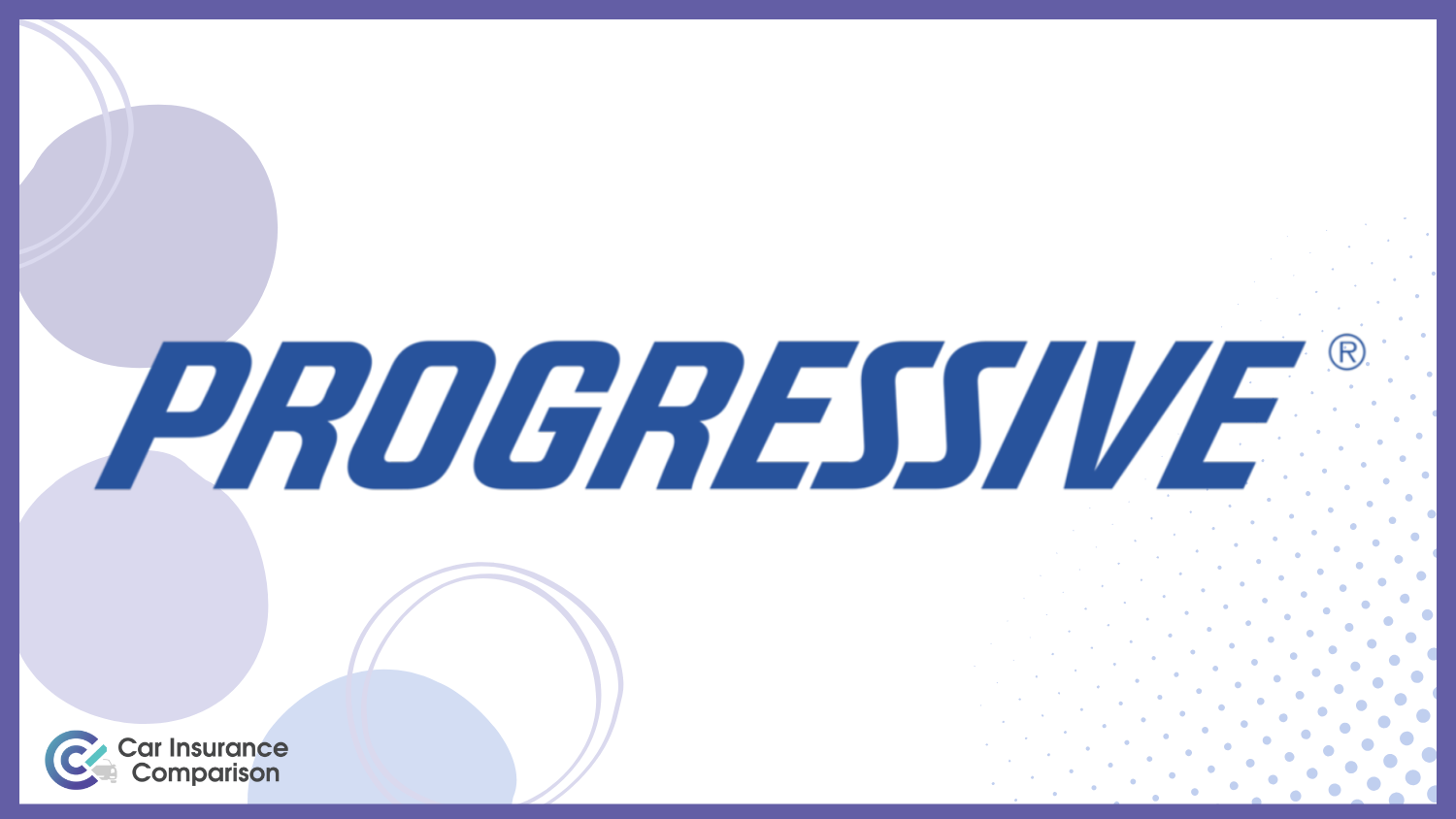 Pros
Pros Pros
Pros Pros
Pros Pros
Pros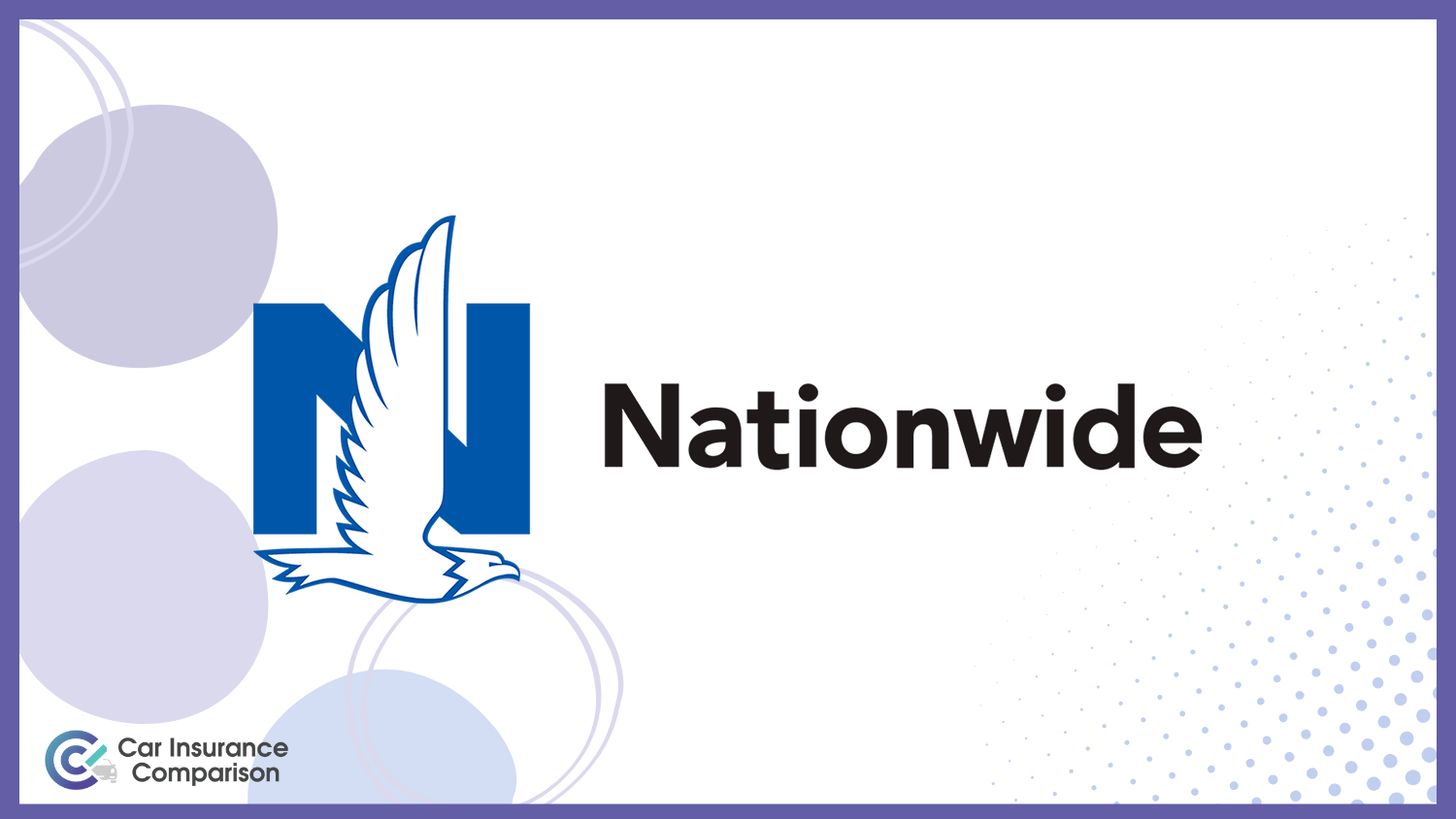 Pros
Pros Pros
Pros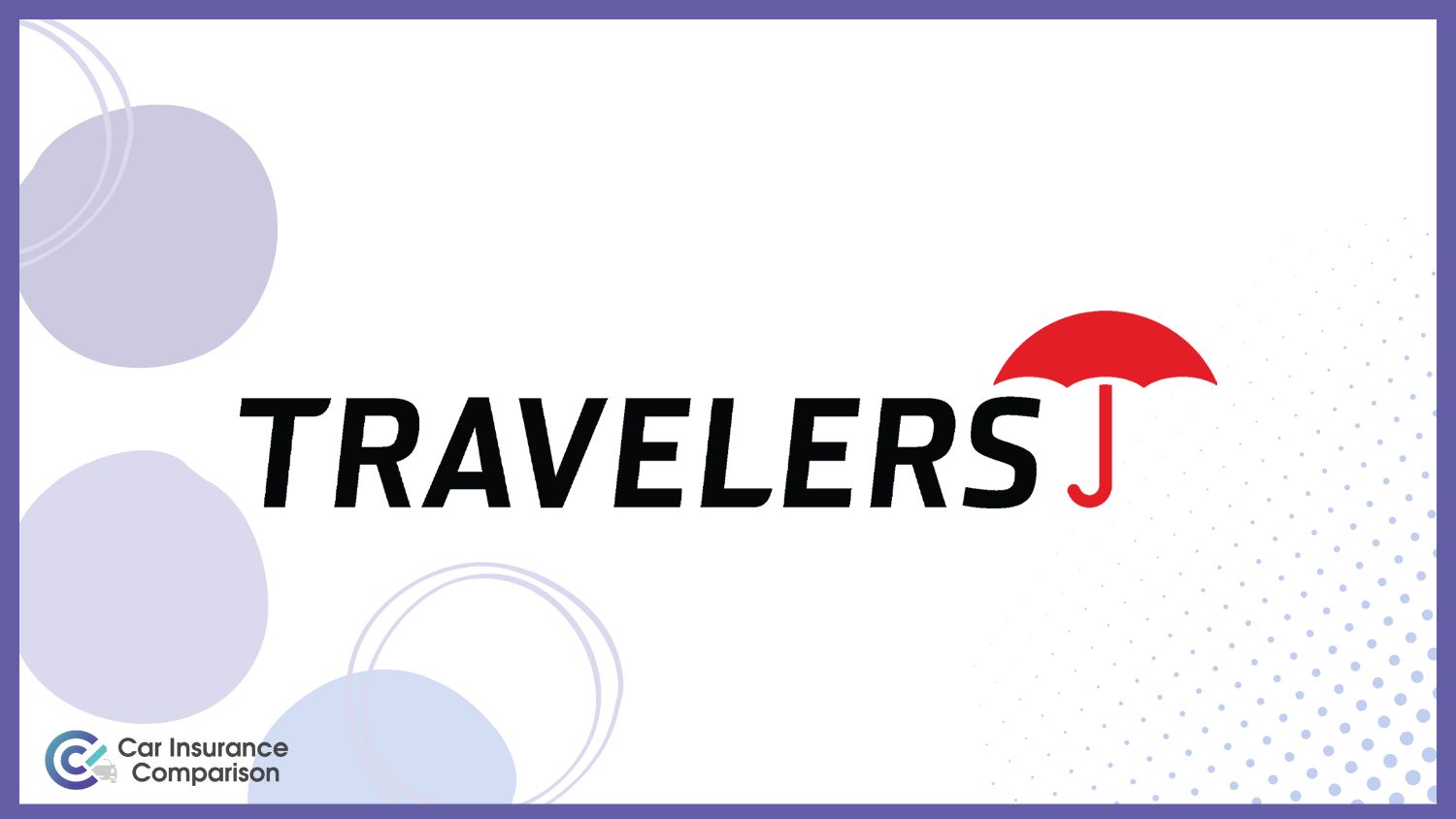 Pros
Pros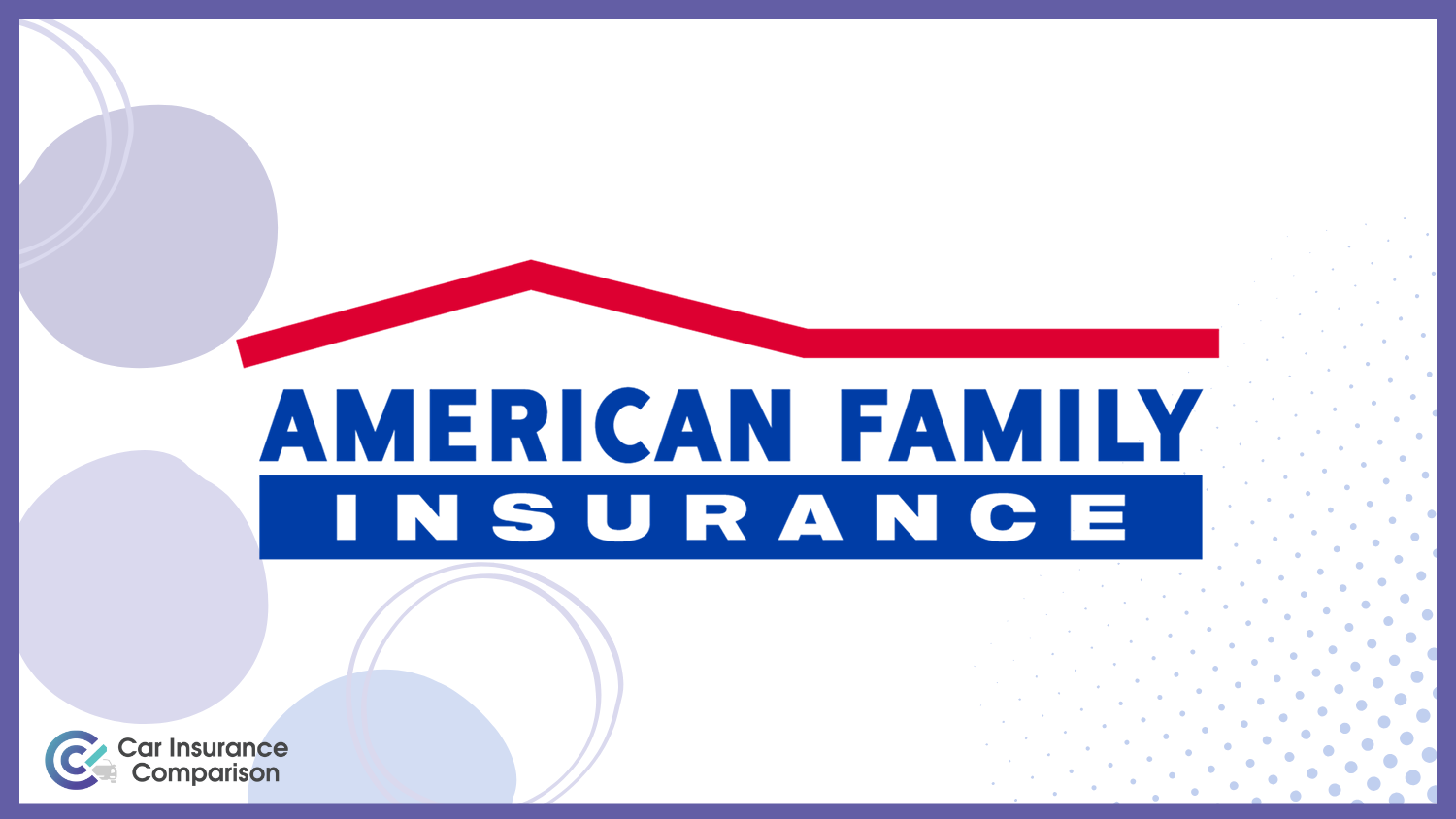 Pros
Pros